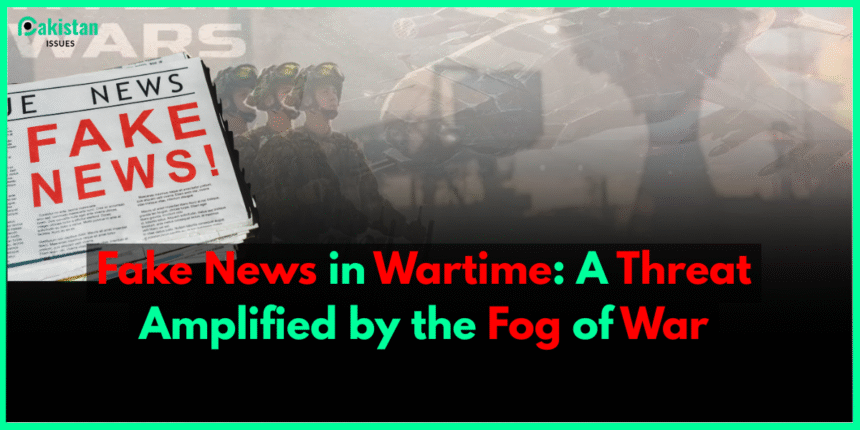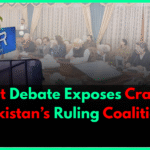When people quarrel, the truth is the first thing to disappear. People call these moments the “fog of war” because they make lies seem greater and the truth seem smaller. We think that fake news is more than simply annoying; it’s a weapon that may hurt people, especially when situations are hot, like between India and Pakistan.
The Dangerous Power of Lies
When people fight, lies can do more than just mislead them; they can also make them angry. The International Committee of the Red Cross believes that bogus news during war “can lead to death, injury, imprisonment, discrimination, or displacement.”
During the stalemate, both India and Pakistan distributed bogus information and photographs of things that never happened, like airstrikes, cities being taken over, and military coups. It’s hard to acquire the true news because these speculations circulate so quickly.The War of Stories and Nationalism
There were a number of posts on social media that suggested things like “We will be having breakfast in Rawalpindi tomorrow.” This was a highly misleading claim that made nationalists even more agitated. Like combat propaganda in the digital era, these stories are aimed to get people talking and change their minds.
People were much more sceptical because the mainstream media used unconfirmed war reports without thinking.
Seeing through the Fog
You need to be able to swiftly and accurately check information to resist incorrect information. Fact-checkers and independent experts were particularly crucial during the India-Pakistan flare-up because they found false tales and helped ease tensions between the two countries. It’s still crucial to stay open, even when the news isn’t clear during a war.
If we don’t keep an eye on things like this, fake news becomes a self-fulfilling prophecy, adding to the fog that shapes perceptions and makes exaggerations stronger before facts or diplomacy can take root. Once false information goes viral on X or WhatsApp, it can travel faster than any government statement.
Not only moral calls, but also fixes to the system
Editorials often talk about fake news but don’t offer many ways to fix it. Experts argue we should safeguard knowledge just as much as we protect land. This includes having restricted access to verified data, being better at understanding the media, and being able to scale expert fact-checking in real time.
Platforms also need to step up. Putting labels on misleading information is an excellent first step, but automated moderation isn’t enough. The Reuters Institute claims that during the India-Pakistan crisis, it was hard for social media networks to stem the flow of false reports.
The stakes are high: false information can not only undermine confidence, but it can even bring countries to the edge. Research on the Gulf diplomatic crisis reveals that false stories travel faster than attempts to stop them, making things worse in a sensitive environment. The cycle repeats: lies told during wars can make issues endure longer or develop worse, putting civilians in danger and making diplomacy less successful.
An Editorial Call to Action
There should be tighter, not looser, rules against fake news during war. Rules that are easy to comprehend and obey are needed by both governments and platforms. During times of crisis, media outlets should promise to fix mistakes and employ credible sources. People need to know how to use the media, or it will control them.
None of this is easy. Things will always be less evident because of the “fog of war.” But refusing to believe incorrect information is an excellent place to start. Fake news will be the secret battleground where debates turn into disasters until we find means to check the truth as quickly as lies.










